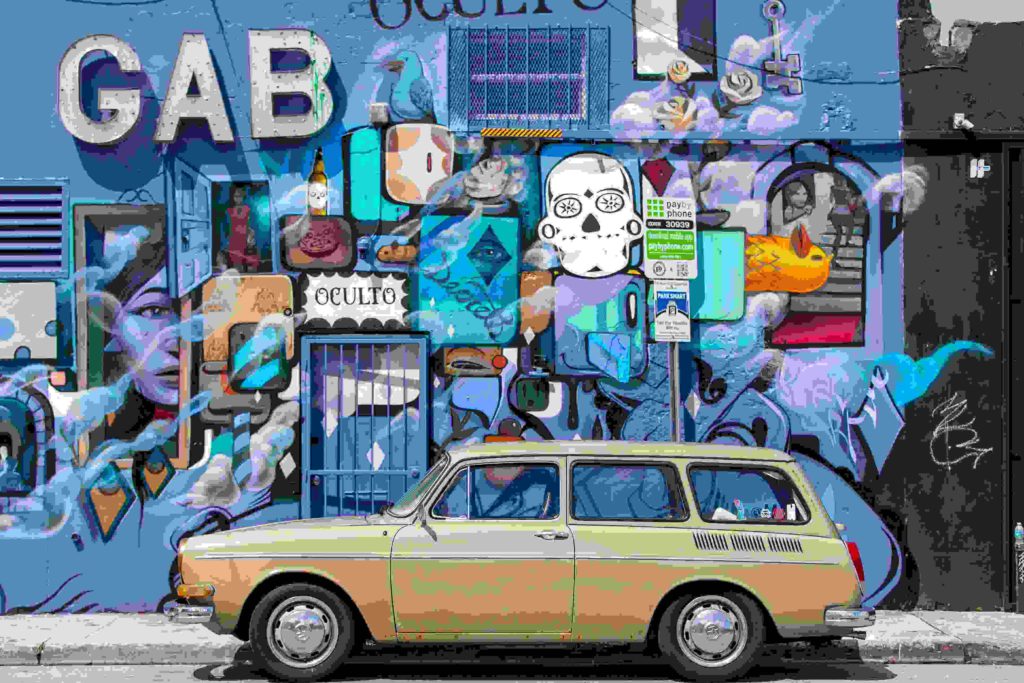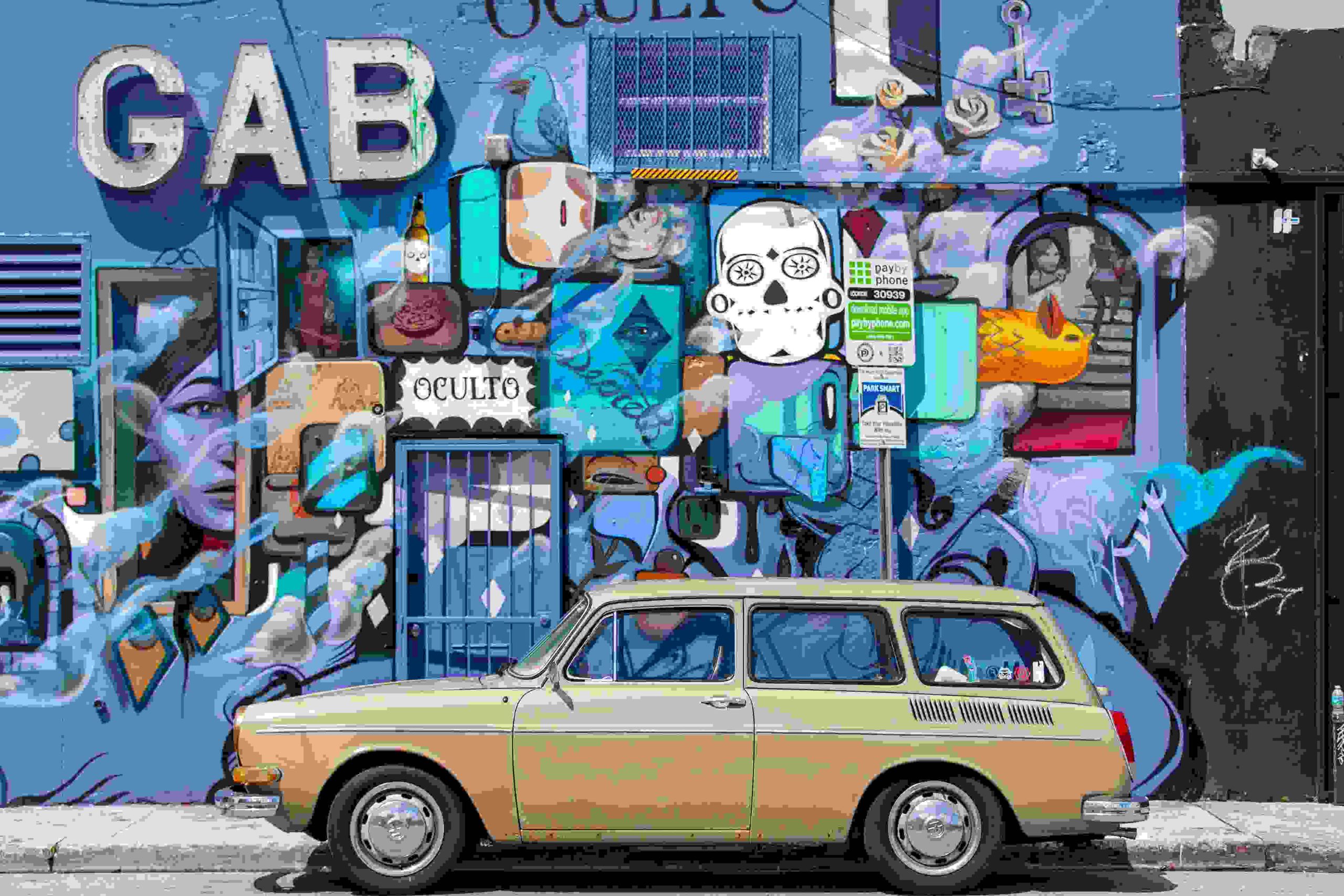Park and Ride Systems: Is It Defining Better Future for Urban Commuters?
In urban areas, both big and small, parking systems are a headache for both commuters and city governments. Most resident parking, pay, and display systems are either overcrowded or not adequately located. One of the best ways to tackle both these issues is by using park and ride systems in urban areas.

What Are “Park and Ride” systems?
Thousands of residents use private transport to travel to work, make grocery runs, or catch up with friends. All these activities are necessary but end up crowding the roads, mainly if everyone uses a separate car. While carpooling is a viable solution, it won’t work entirely if different people have the same route but various destinations in mind.
That is where a system like Park and Ride systems can reduce the number of vehicles on the road. Under Park and Ride systems, commuters park their private cars in designated parking spots, which are well connected with public transport hubs. They then use public transportation to cover the remaining distance to their destination.
This intermodal parking and transport system is already being practiced in thousands of cities in various countries. In places where “Park and Ride” has been systematically implemented, it has helped reduce traffic congestions, thus improving public transport usage and better organizing parking systems.
Advantages of Park and Ride systems
Some salient features of every park and ride system are as follows.
- Park and ride systems improve urban mobility to a large extent. As several private vehicles are not used simultaneously, traffic congestion reduces, which in turn, reduces commute time. The system also encourages public transport usage and generates more revenue for city governments.
- Carpooling, an effective way to reduce both pollution and traffic congestion in urban areas, becomes the most popular when well-planned park and ride locations are introduced throughout a city. As people do not have to struggle with finding a fellow rider the whole way to a destination, they also embrace traveling with a friend or a family member more readily.
- Even people from suburban areas benefit from a park and ride system as residents traveling to the city center need not waste fuel commuting hundreds of miles each day. They can instead drive to a park and ride lot and use public transit from there to enter the city. This advantage, however, is apparent only when the park and ride lots are also situated on the outskirts of a town.
Any park and ride location is best when located away from sites of heavy congestion. While easily accessible, these areas should not be located very close to places that remain heavily crowded, especially during peak hours. These locations should also be well connected with public transport networks so that they are incentivizing enough for all commuters. Once a municipality decides to construct a park and ride lot, steps must be taken for proper implementation and maintenance. It must be kept clean and should not be overly expensive.
Considering the host of advantages this system offers and the relatively small investment, it demands, park and ride lots are a future-proof way of reducing traffic congestion in urban areas. They also make cities more pleasant for both commuters and tourists, and when planned carefully, they have very few downsides. For cities looking to turn smart, park and ride is a must-adopt system.

